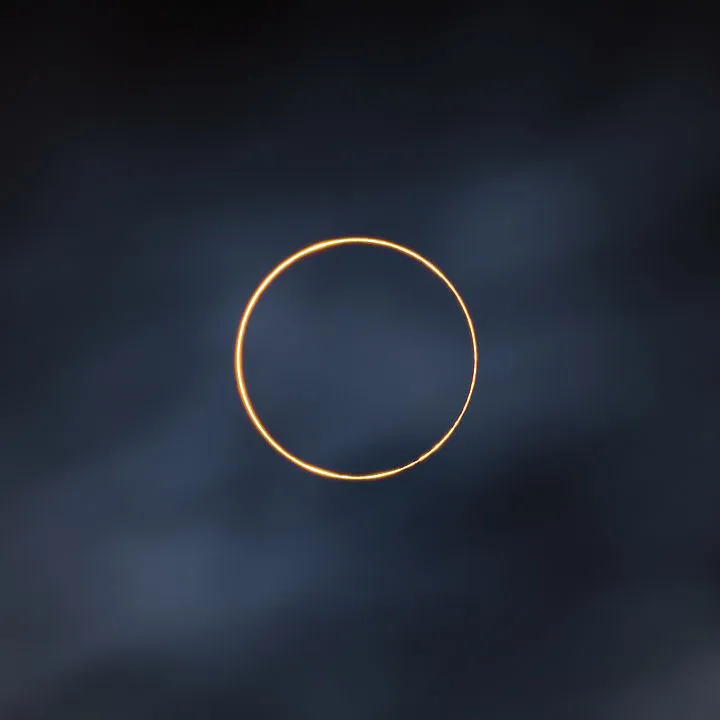The Astronomy Photographer of the Year 2022 competition is open to receive entries from 10 January to 4 March 2022.
Hosted by the Royal Observatory Greenwich, the annual astrophotography competition is the biggest in the world, and each year welcomes thousands of images of the cosmos submitted by photographers from across the globe.
For more on photographing the night sky, read our guides on deep-sky astrophotography, image processing and the best astrophotography cameras.

2022 marks the competition's 14th year, and £10,000 will be awarded to the overall winner, with runners-up and highly commended entries receiving £1,500 and £750 respectively.
2022 also sees a new addition to the judging panel: Dr Hannah Lyons, Assistant Curator at Royal Museums Greenwich.
Entrants will have until Friday 4 March 2022 to enter up to ten images into the various categories of Astronomy Photographer of the Year 14.
The winners, runner-up and highly commended and shortlisted entries will be displayed in an exhibition at the National Maritime Museum from September 2022.

How to enter Astronomy Photographer of the Year 14
Astronomy Photographer of the Year welcomes entries from photographers of all ages and abilities, and each entrant can submit 10 images across the 9 main categories:
- Skyscapes
- Aurorae
- People and Space
- Our Sun
- Our Moon
- Planets, Comets and Asteroids
- Stars and Nebulae
- Galaxies
- Young Astronomy Photographer of the Year
There are also two special prizes: one for Best Newcomer, and also the Annie Maunder Prize for Image Innovation, which allows entrants to process images using pre-existing open source data.
Find out more about how to do this with our guide on how to process space data.
For more info on the competition, visit the Astronomy Photographer of the Year homepage.